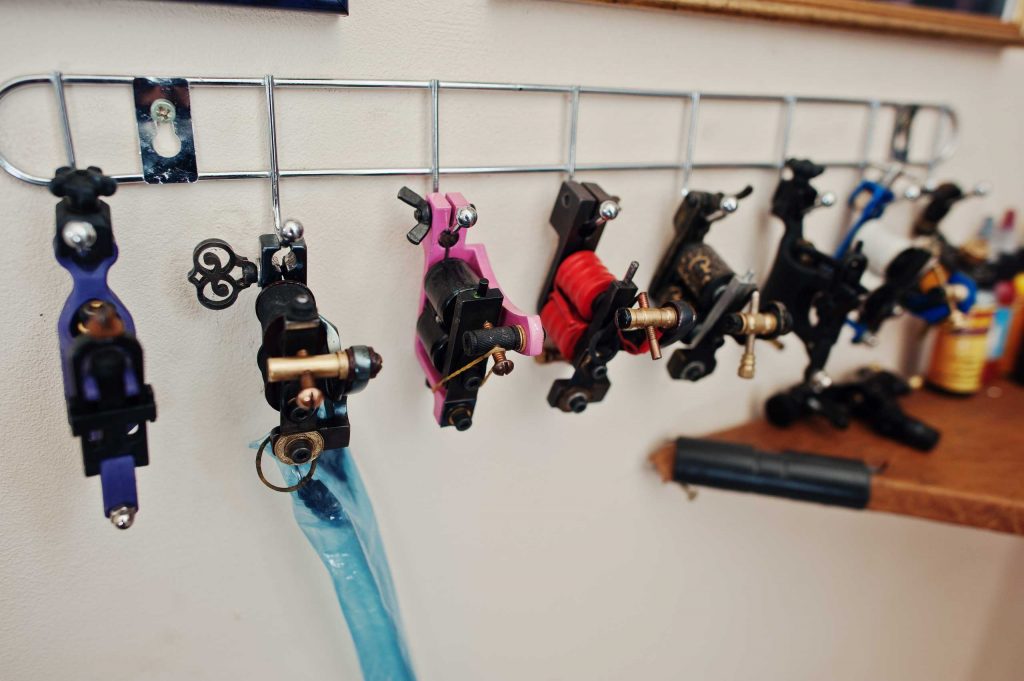Choosing the right materials is one of the most important steps when making your own hooks. The materials you pick determine not only how your hooks look but also how well they perform — balancing beauty, durability, and function.
Wood: Warmth and Versatility
Wood is a classic favorite for DIY hooks because of its natural warmth and ease of use. Whether you prefer smooth hardwoods like oak and maple or rustic reclaimed wood with visible grain and knots, wood brings a cozy, organic feel to any room.
It’s also highly customizable: you can stain it, paint it, carve shapes into it, or keep it raw for a minimalist vibe.
- Pros: Lightweight, easy to shape, natural texture
- Cons: Can be less durable under heavy loads unless properly treated
Wood hooks work especially well in entryways, bedrooms, and kitchens where they add softness and character.
Metal: Strength and Modern Edge
Metal hooks offer a sleek, industrial look and great strength. Materials like steel, brass, and copper can be bent, welded, or cast to form unique designs — from minimalist rods to intricate scrollwork.
Metal is perfect if you need heavy-duty hooks that can hold coats, bags, or tools without bending or breaking.
- Pros: Durable, strong, often rust-resistant if treated
- Cons: Can be heavier, sometimes more challenging to work with at home
For a modern or vintage-industrial style, metal hooks add sharp contrast and polish.
Ceramic and Clay: Artisanal and Decorative
Handmade ceramic hooks bring an artisanal touch to your space. They’re usually created by molding clay and firing it in a kiln, which gives them smooth, glossy finishes or textured matte surfaces.
Ceramic hooks are ideal for light to medium loads — perfect for jewelry, scarves, or keys. Their delicate appearance makes them a charming accent in bathrooms, bedrooms, or craft rooms.
- Pros: Beautiful, unique finishes; artistic
- Cons: Fragile; not for heavy items
If you want a hook that doubles as a piece of art, ceramic is a fantastic choice.
Mixed Materials: Combining Function and Style
Why limit yourself to one material? Many DIY crafters combine elements to create hooks that are both strong and beautiful.
For example:
- Wood base with metal hooks for strength and warmth
- Metal hooks with leather loops for softness and style
- Ceramic hooks mounted on reclaimed wood for contrast and texture
Mixed materials open endless creative possibilities and help you tailor hooks exactly to your taste and needs.
Practical Tips for Material Selection
When choosing materials, consider:
- Weight Capacity: What will the hooks hold? Heavy coats need sturdier materials.
- Environment: Will hooks be in humid places like bathrooms? Choose rust-resistant or treated materials.
- Style Match: Does the material fit your home’s decor? Natural, modern, rustic, or eclectic?
- Tools and Skills: Do you have the tools and know-how to work with your chosen materials?
Starting simple with wood or metal is great for beginners, while ceramics and mixed materials offer exciting challenges for more experienced makers.
Final Thought
Material choice shapes your project’s outcome — in look, feel, and function. The best DIY hooks reflect your creativity and practical needs while complementing your home’s atmosphere.
Take time to explore, experiment, and discover what inspires you. The perfect material is the one that speaks to your style and supports your daily life.

